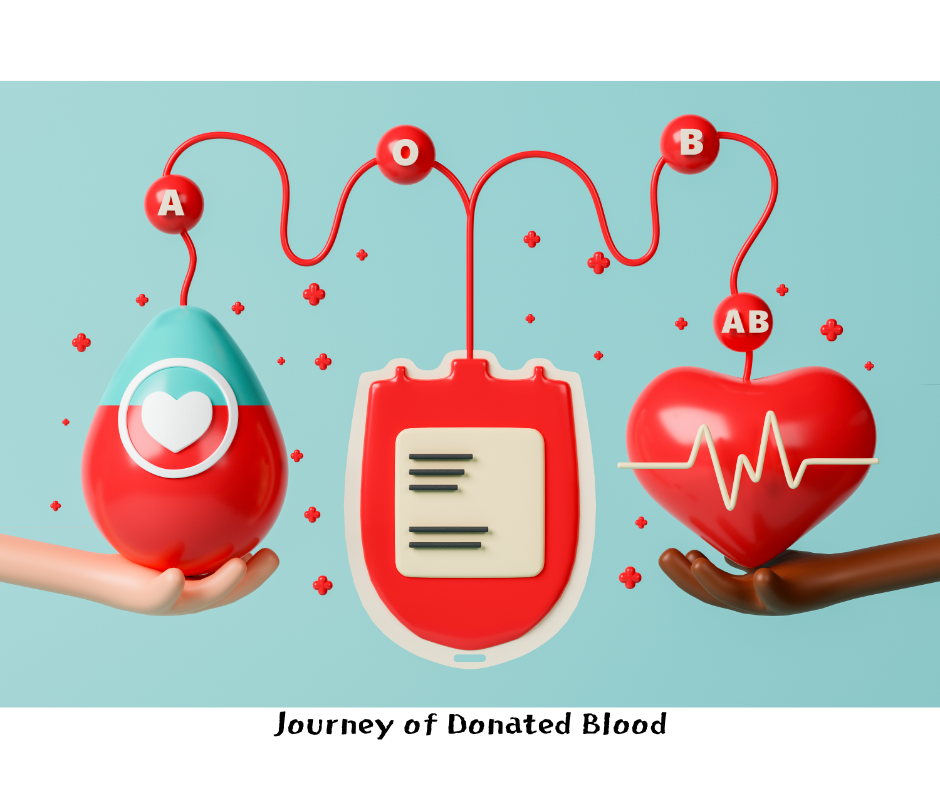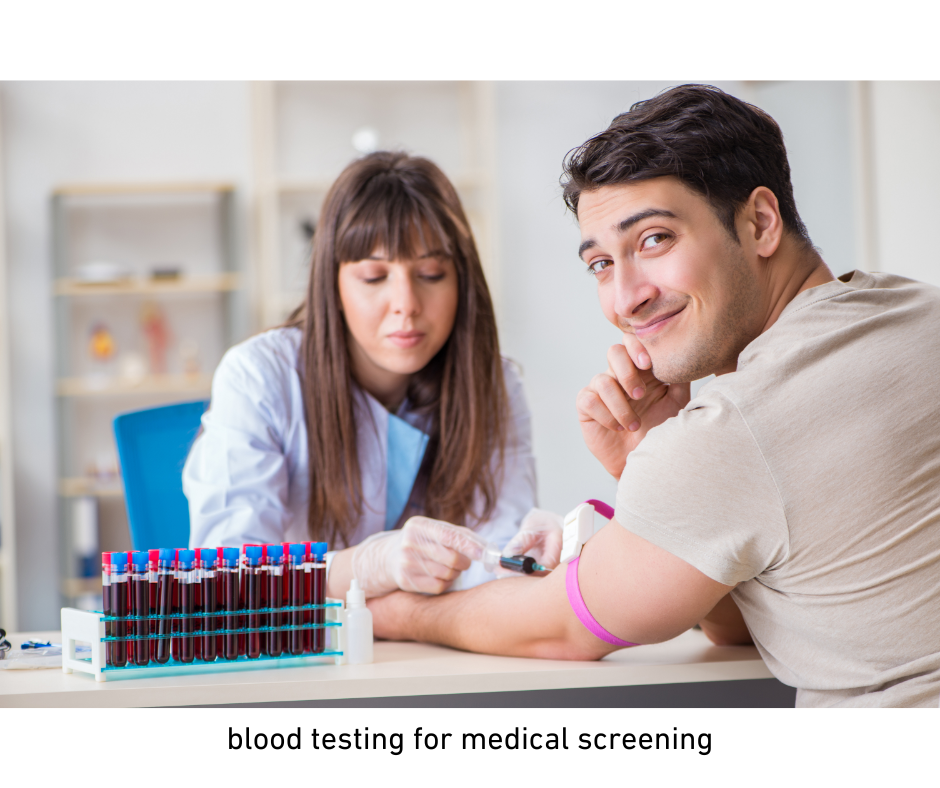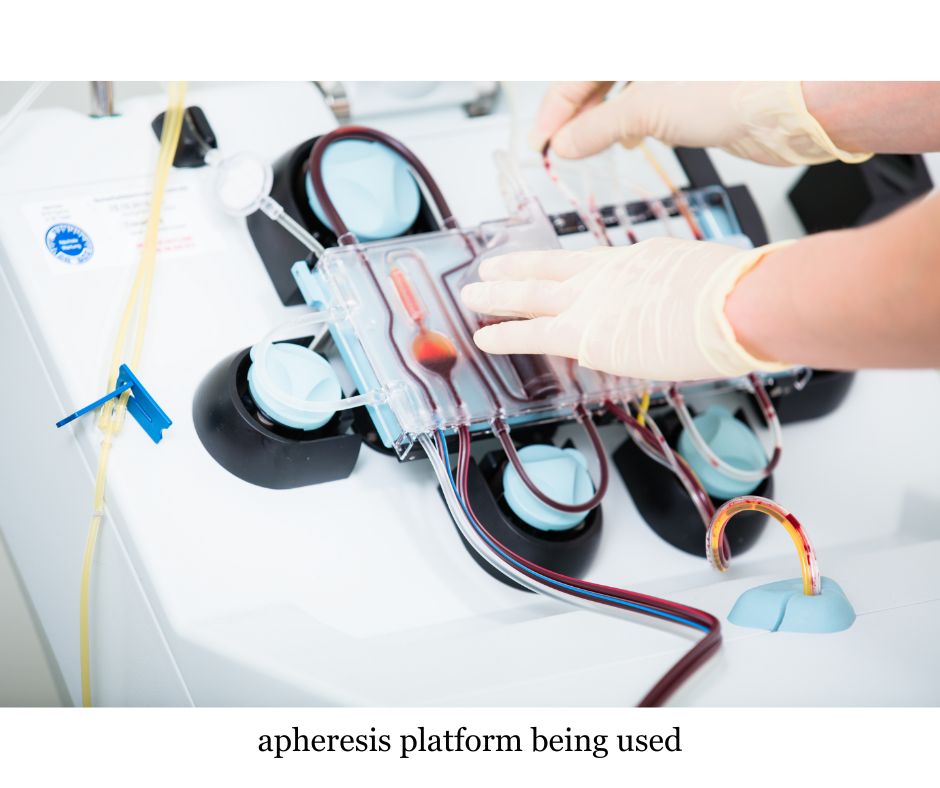
Blood donation is a simple act with profound repercussions. Every time you donate blood, you set in motion a chain of events that can save lives. This article aims to deepen your understanding of the remarkable journey your generous gift goes through from donor to recipient. We’ll explore the process from the moment you decide to donate, through the intricate testing and separation process, to the final delivery of your donation to those in need. By understanding this journey, we hope to highlight the importance and impact of each donation and inspire more people to become donors.
The Donation Process
The journey begins with a single act: the donation. It’s a straightforward process that includes registration, a brief medical screening to ensure the donor’s health and eligibility, the donation itself, and a short recovery period with refreshments. This hour-long process kickstarts the life-changing journey of donated blood.
During the registration, you’ll be asked to fill out a form with basic information and answer some questions about your health history. This is to ensure that it’s safe for you to donate blood and that your blood is safe for a recipient.
The medical screening involves checking your temperature, pulse, blood pressure, and hemoglobin level. This is to ensure that you’re in good health on the day of the donation.
The donation itself involves drawing blood from a vein in your arm, which usually takes about 10 minutes. After the donation, you’ll have a short recovery period where you can have some refreshments to help your body adjust after the donation.
For a more detailed look at the process, check out this YouTube video.

Processing and Testing
After collection, your blood is transported to a processing center. Here, it undergoes centrifugation, separating it into its core components – red blood cells, plasma, and platelets. This separation allows each part of your donation to be used in the most effective way, as different patients have different needs.
Following separation, your donation undergoes rigorous testing for infectious diseases like HIV, Hepatitis B and C, syphilis, and West Nile virus. This process ensures the safety of the blood for future recipients. It’s a critical step that maintains the integrity of the blood supply and protects recipients from potential infections.
In recent times, this step has become even more important due to the COVID-19 pandemic. The virus has posed new challenges to the blood donation process, but strict testing ensures that donated blood remains safe. For more information on this topic, check out this Reuters report.

Separation and Use of Blood Components
Blood is more than it appears. It’s a cocktail of different cells and plasma, each with unique roles. These components are used separately to treat a variety of conditions. For instance, red blood cells are often used in surgeries, plasma assists burn victims, and platelets can support patients undergoing chemotherapy.
The separation of blood into these components allows each donation to be used to its fullest potential. It means that your single act of donation can help multiple patients, each with different needs.
A fascinating example of how blood components are used is the recent use of plasma from recovered COVID-19 patients for treating severe cases. This treatment, known as convalescent plasma therapy, has shown promising results in helping patients recover from the virus. For more on this, take a look at this BBC article.
The Impact of Blood Donation
Your blood donation doesn’t just help one person—it can potentially save up to three lives. It supports patients undergoing surgeries, those injured in accidents, individuals battling cancer, and others with chronic diseases requiring regular transfusions.
The impact of your donation extends beyond the immediate recipients. By maintaining a robust blood supply, you’re also helping to ensure that hospitals and clinics can continue to provide essential services. You’re contributing to the resilience of our healthcare system and making a difference in countless lives.
A recent Washington Post feature highlights the crucial role blood donations play in our healthcare system. It’s a powerful reminder of the difference each donation can make.
Conclusion
Blood donation is a simple act with profound repercussions. The journey from the donation center to a patient in need is intricate but deeply impactful. As we unravel the process, we hope to deepen your connection to your act of generosity and inspire continued donations.
By understanding the journey of donated blood, we can appreciate the importance of each donation and the difference it can make. So, if you’re eligible and able, consider becoming a blood donor. Your donation could be the life-saving difference for a patient in need. Join us in making a difference today by signing up for blood donation.